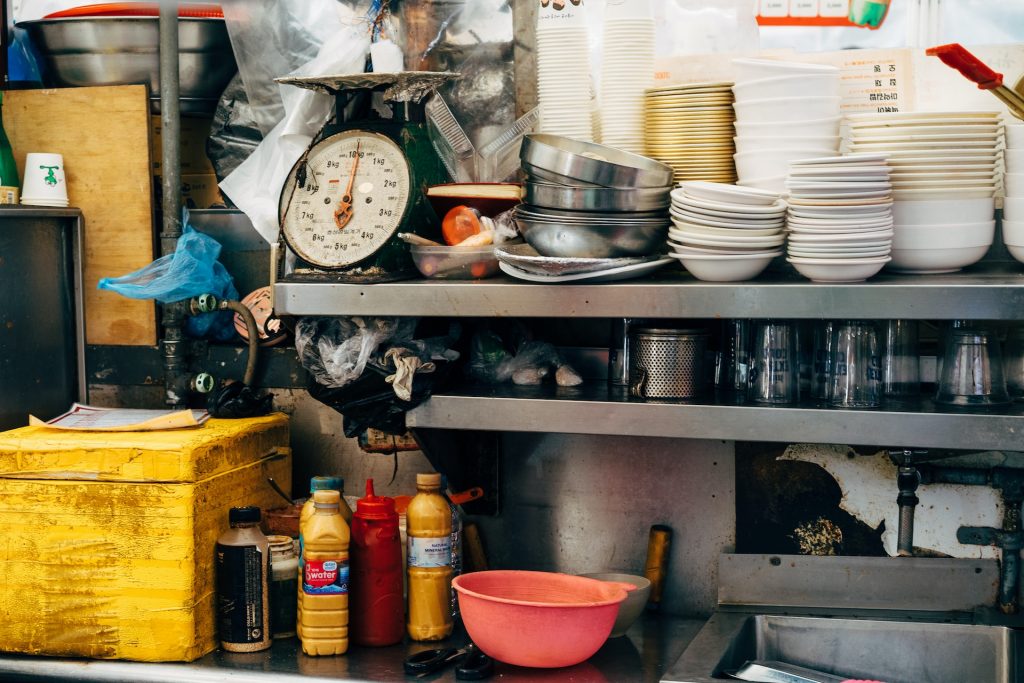
Many factors determine a restaurant's financial results and good maintenance management is the most important. Maintenance affects several critical aspects of restaurant management and operations. Restaurant maintenance ensures that technical difficulties do not affect food production and quality. Good maintenance is also essential for satisfaction, retention and building a good reputation through word of mouth. Ask again the brunch employee who can't serve crepes because the griddle is broken. This article provides an overview of restaurant maintenance strategies, best practices for implementing them, and tips and tricks for long-term success.
Maintenance requirements vary depending on the size of the restaurant, the variety of dishes and the style of cooking. However, all restaurant maintenance can be divided into two main categories: restaurant equipment maintenance and restaurant facilities maintenance. Equipment maintenance is essential to the core business model of any restaurant and includes servicing equipment such as refrigerators, freezers, dishwashers, commercial gas ranges, deep fryers and industrial ovens. This type of maintenance is usually the responsibility of specially trained technicians. Maintenance tasks include inspections, cleaning, lubrication, servicing, parts replacement and repairs.
Facility maintenance tasks include routine cleaning, disinfection, janitorial, garbage disposal, plumbing and HVAC maintenance. Since the COVID pandemic, restaurant customers are more concerned than ever about basic restaurant cleanliness. This type of maintenance does not necessarily require training, expertise or specialized maintenance equipment, but it does have a direct impact on the customer's first and lasting impression.
Costs of inadequate maintenance
The costs of poor maintenance are significant and in some cases can be enough to ruin a restaurant. When equipment is not properly maintained, restaurants are more likely to experience more serious failures, requiring outside vendors with specialized knowledge to repair the equipment at short notice and at excessive cost. Inadequate maintenance can also lead to more frequent equipment failures and premature equipment replacement. In all of these cases, if the kitchen equipment malfunctions, some menu items may not be served or the restaurant may have to close completely, resulting in a significant loss of revenue.
Poor maintenance can also cause restaurants to fail FDA regulations and fail health inspections, food safety audits, sanitation and sanitation audits, and fire safety inspections. Defective equipment can also lead to fires and other safety risks for restaurant employees, which can lead to OSHA violations and subject the restaurant to fines or lawsuits. Given all of this, restaurants simply cannot afford to forego good cleaning practices.
Best practices for effective restaurant maintenance
A crucial aspect of good restaurant maintenance is scheduling downtime and after-hours equipment services. All of a restaurant's equipment - from stoves to dishwashers, from HVAC systems to toilets - should be maintained regularly to maximize the equipment's lifespan. However, these activities must be scheduled outside of restaurant opening hours in order not to impact customer service. A clear and consistent maintenance program ensures that it is carried out on time and at the right time to avoid business interruptions. If preventive maintenance tasks are not performed, the likelihood of an emergency repair during business hours is much higher.
Preventative maintenance not only helps reduce equipment downtime that can impact customer service, but it also helps increase equipment lifespan. Tasks like regularly changing HVAC filters or scheduling vendors to service specific equipment can help restaurants minimize costly repairs and maximize equipment life by making the most of these upfront investments.
Additionally, comprehensive training for all restaurant and maintenance staff increases productivity and saves time and resources in the long run. Employee onboarding should include adequate training on cleaning and performing basic maintenance tasks. Additionally, employees should be equipped with standard operating procedures and maintenance checklists to ensure consistency, adhere to best practices, and prevent maintenance tasks from slipping through the cracks.
There will be times when external providers will be needed to carry out certain maintenance or repairs. Part of a maintenance plan should include careful selection and management of suppliers to ensure on-time deliveries, flexible payment terms and consistent service. Maintenance personnel should also have a carefully documented and up-to-date list of which suppliers are used for which equipment. This saves crucial time in the event of an urgent repair.
Use CMMS to simplify restaurant maintenance
The easiest and most effective way to ensure proper maintenance is to organize, document, and streamline restaurant maintenance using a computerized maintenance management system (CMMS). These systems have revolutionized maintenance management by organizing all tasks and resources on a single digital platform. With a CMMS, planning and tracking of maintenance tasks can be automated to help managers save time and reduce human errors. With a detailed inventory of restaurant resources and accurate tracking of their usage, managers can make informed decisions about scheduling preventive maintenance tasks, budgeting, and scheduling equipment repairs or replacements. A CMMS also helps restaurants stay compliant by documenting tasks and maintaining standards for periodic inspections or audits.
In the hospitality industry, optimizing maintenance practices is critical to success. Proper maintenance can improve food quality, customer experience and overall efficiency. Good maintenance practices can make the difference between a successful restaurant and a failing one. This is why many restaurants use a CMMS to streamline their maintenance operations. Prioritizing maintenance is not just about preserving your business, but also about surviving and thriving in a competitive industry.
Aucun commentaire:
Enregistrer un commentaire